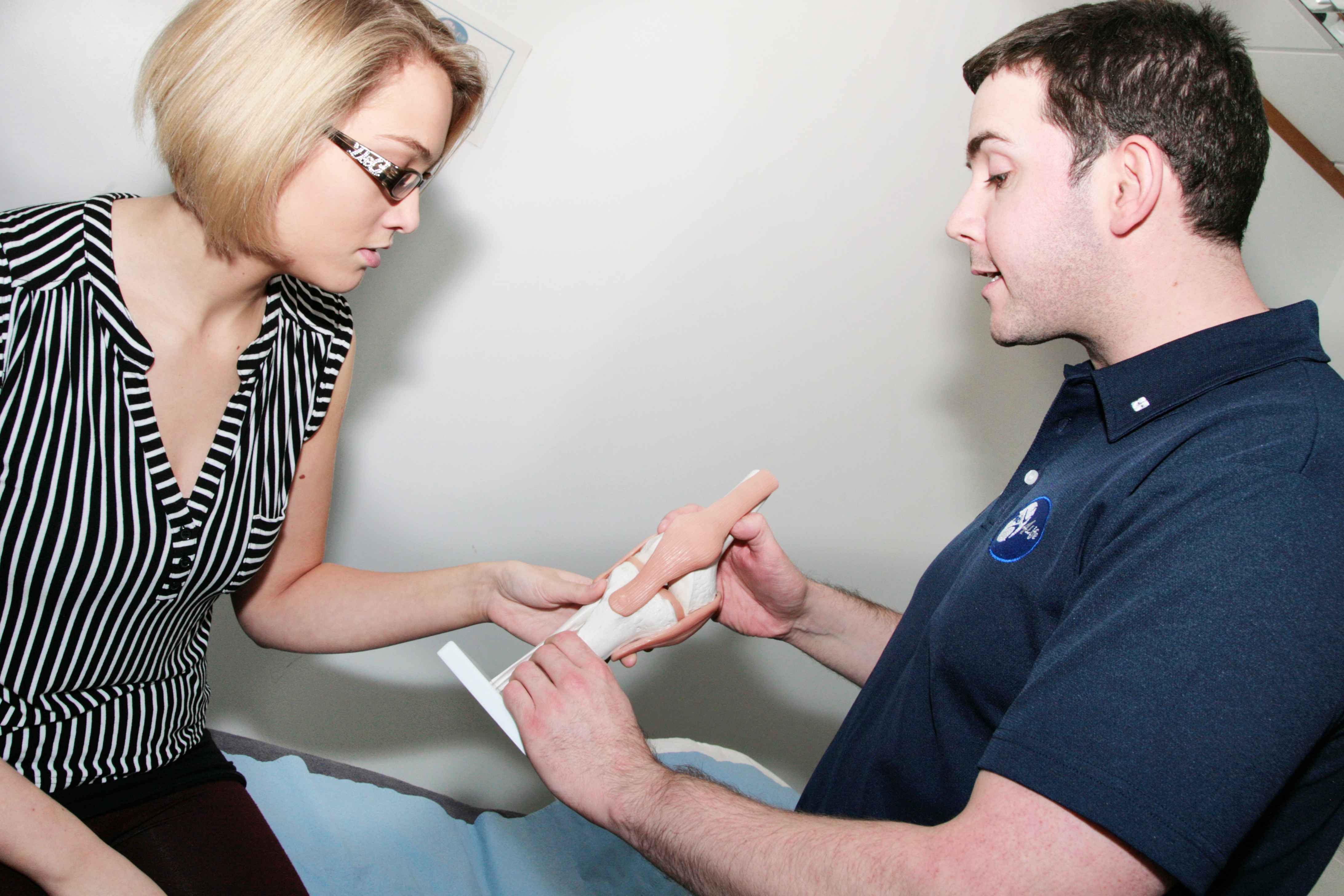
Why do your exercises?
Lower back pain is affecting more and more of us every day. Unfortunately due to our society most companies, especially in the city, are increasing the periods of time their employees sit for results in not an unhappy back. Here at Physio4life we must see at least 10 new patients with lower back pain weekly, mixture of acute and chronic, but tend to boil down to the same problems and reasoning.
Part of your treatment with us involves going through exercises and having a regimented exercise programme, however I know many of you struggle on finding the time to complete this. We understand this and try to compromise by helping you find ways that you can fit this into your daily life. A lot of the basic exercises we give out are very much Pilates based and all about getting your transverse abdominals and gluteals working, both of which help support and stabilise the lower back.
There are many research articles that show a correlation between a regimented core program and improvement in lower back pain over a number of weeks, one of which is copied in below.
http://www.jospt.org/doi/pdfplus/10.2519/jospt.2006.2144
You find time to take your car for and MOT or to the garage if it breaks down, but when it comes to yourself, you’re the bottom of the list… Family, work, social… But why? None of these things can happen if you find yourself lay up in bed for one day, 5 days, 7 days…
Until you’ve had lower back problems you don’t understand how debilitating it can be. Make yourself a priority so everything else higher up the list is able to carry on. Make the time to do your exercises even if it’s for 15-20 minutes a day to be able to comply with your home exercise program and follow your Physiotherapy treatment. Pilates classes are a great way to be able to fix the time to do it and also have a social element to them too.
Findings highlighted in the above article:
- ‘Specifically designed therapeutic exercise approaches that enhance spinal stability and modulate neuromuscular control in the presence of chronic LBP have been embraced by physiotherapists’
- ‘The gluteus maximus muscle may play an important role in lumbar-pelvic mechanics and load transfer from the lumbar spine to the pelvis and lower extremities. Altered recruitment of the lumbar-pelvic musculature and dysfunction of the gluteus maximus muscle is reported in LBP conditions.’




